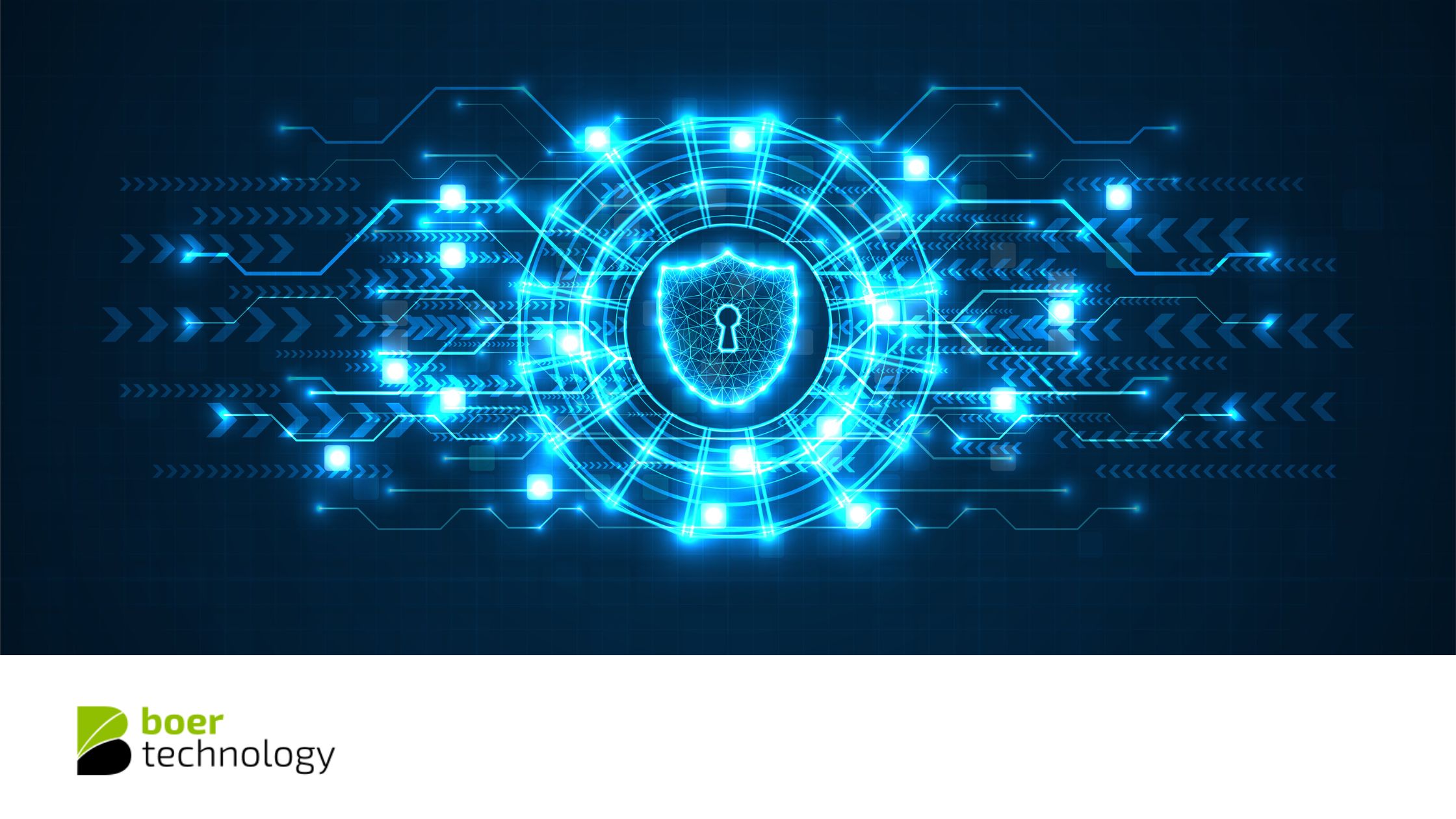How to Integrate Security into Each Phase of the Software Development Lifecycle, from Planning to Operating
Integrating security into each phase of the software development lifecycle (SDLC) is crucial for creating robust and secure software. By embedding security practices from planning to operating, organizations can significantly reduce vulnerabilities and enhance the overall security posture of their applications. Here’s a detailed guide on how to achieve this integration.
Planning
The planning phase sets the foundation for secure software development. During this phase, it’s essential to:
Identify Security Requirements
- Define Security Objectives: Clearly outline the security goals of the project, including confidentiality, integrity, and availability.
- Regulatory Compliance: Identify relevant regulations and standards (e.g., GDPR, HIPAA) that the software must comply with.
- Threat Modeling: Conduct a threat modeling exercise to identify potential security threats and vulnerabilities. Use tools like STRIDE or PASTA to guide the process.
Develop a Security Plan
- Security Policies: Establish security policies and procedures that will govern the development process.
- Risk Management: Identify and assess security risks, and develop mitigation strategies.
Design
During the design phase, the focus is on incorporating security measures into the architecture of the software.
Secure Architecture
- Security Patterns: Use secure design patterns and principles such as least privilege, defense in depth, and secure defaults.
- Data Protection: Design data flow and storage mechanisms to ensure data is protected at rest and in transit. Use encryption and hashing where necessary.
- Access Control: Implement robust access control mechanisms to ensure only authorized users have access to sensitive data and functions.
Design Reviews
- Security Reviews: Conduct regular design reviews with a focus on security to identify potential flaws and weaknesses.
- Peer Reviews: Encourage peer reviews to ensure diverse perspectives and catch security issues early.
Implementation
The implementation phase is where the actual coding happens. It is crucial to follow secure coding practices to prevent introducing vulnerabilities.
Secure Coding Practices
- Coding Standards: Adhere to coding standards and guidelines that promote security (e.g., OWASP Secure Coding Practices).
- Input Validation: Validate all input to prevent common vulnerabilities like SQL injection and cross-site scripting (XSS).
- Error Handling: Implement proper error handling to avoid exposing sensitive information.
Code Reviews
- Static Analysis: Use static code analysis tools to detect security vulnerabilities in the code.
- Manual Code Reviews: Conduct manual code reviews focusing on security aspects to catch issues that automated tools might miss.
Testing
Testing is a critical phase for identifying and fixing security issues before the software is deployed.
Security Testing
- Penetration Testing: Perform penetration testing to simulate real-world attacks and identify vulnerabilities.
- Dynamic Analysis: Use dynamic application security testing (DAST) tools to identify security issues in a running application.
- Fuzz Testing: Implement fuzz testing to discover vulnerabilities by inputting random data.
Continuous Integration
- Automated Testing: Integrate automated security tests into the CI/CD pipeline to ensure continuous security validation.
- Regression Testing: Perform security regression testing to verify that new changes do not introduce new vulnerabilities.
Deployment
Secure deployment practices ensure that the software is deployed in a secure environment.
Secure Configuration
- Environment Hardening: Harden the deployment environment by securing configurations, disabling unnecessary services, and applying patches.
- Secrets Management: Use secrets management tools to securely handle sensitive information like API keys and passwords.
Monitoring
- Log Monitoring: Implement log monitoring to detect and respond to security incidents in real-time.
- Vulnerability Management: Continuously monitor for new vulnerabilities and apply patches promptly.
Operation
In the operation phase, maintaining security is an ongoing process to protect the software from emerging threats.
Incident Response
- Incident Response Plan: Develop and maintain an incident response plan to effectively handle security incidents.
- Regular Drills: Conduct regular incident response drills to ensure the team is prepared for real-world scenarios.
Continuous Monitoring
- Security Audits: Perform regular security audits and assessments to identify and address potential weaknesses.
- Threat Intelligence: Use threat intelligence to stay informed about the latest threats and adjust security measures accordingly.
User Training
- Security Awareness: Train users and administrators on security best practices and the importance of following security protocols.
- Phishing Simulations: Conduct phishing simulations to educate users on recognizing and responding to phishing attempts.
Conclusion
Integrating security into each phase of the SDLC is essential for building secure software that can withstand evolving threats. By following these best practices from planning to operation, organizations can create a strong security foundation, minimize vulnerabilities, and protect their applications and data from potential attacks. Implementing a security-first mindset across the development lifecycle not only enhances the software's security but also builds trust with users and stakeholders.
Read Also: BEST PRACTICES FOR SECURE CODING AND DESIGNING APPLICATIONS WITH BUILT-IN SECURITY MEASURES
Read Also: APPROACHES FOR INTEGRATING SECURITY TOOLS AND TECHNOLOGIES INTO EXISTING DEVELOPMENT AND OPERATIONS WORKFLOWS

